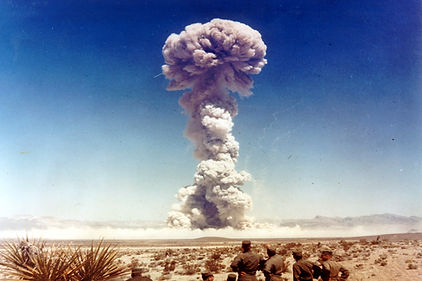United Nations Security Council (UNSC)
Venue: Annex Building 03-03
(a) Resolving The War in Syria
Since the pro-democracy protests that lead to a civil war that started in March 2011 in Daraa, over 250 thousand Syrians have lost their lives and over 11 million people have been forced from their homes. It started when 15 school students wrote on a wall, “The people want the fall of the regime", as Syria is under the rule of one party for over 50 years, this lead to them being rounded up and tortured for weeks. As this civil war continued to grow in size, this not only pitted the Sunnis against the Shias but also drew in many regional and world powers like Turkey, Russia and France. This civil war has caused devastating economic side effects too, like unemployment surging to over 50% in late 2014 and damage to infrastructure surpassing USD 200 billion.
The humanitarian, political, and socio-economic repercussions of the Syrian civil war remain catastrophic. The overall death toll, though difficult to estimate, is close to a quarter million and shows no signs of slowing. As a result of the ongoing violence, more than half of Syria's population has been displaced.
Humanitarian crisis, death tolls are on the rise, and the rise of the jihadist group Islamic State has added a further dimension to the ongoing crisis.
It is crucial for countries to come up with solutions to protect the civilians of Syria from the conflict and war, and solutions to effectively tackle the Islamic terrorist group that holds a threat to the all the countries over the world.

How can affected countries recover from years of war and cope with economic and social damages?
What are some measures that can be taken to resolve the Syrian war?
What can be done to ensure another such war does not break out?
(b) The Issue of Nuclear Testing
Nuclear weapons, classified under Weapons of Mass Destruction (WMD) are weapons that are a nuclear, radiological, chemical, biological or other weapon that can kill and bring significant harm to a large number of humans or cause great damage to human-made structures (e.g. buildings), natural structures (e.g. mountains), or the biosphere. These weapons fall under the sanction of the Geneva Conventions of 12 August 1949, (Protocol I), Article 35, Rules 2-3 which bans the use of such weapons that cause “superfluous injury or unnecessary suffering” as well as “the intention, or may be expected, to cause widespread, long-term and severe damage to the natural environment”. They are also regulated by the International Atomic Energy Agency (IAEA).
They are under the Treaty on the Non-Proliferation of Nuclear Weapons, commonly known as the Non-Proliferation Treaty whose objective is to prevent the spread of nuclear weapons and weapons technology, to promote cooperation in the peaceful uses of nuclear energy, and to further the goal of achieving nuclear disarmament and general and complete disarmament. However, there are rogue nations in the world that do not adhere such as North Korea and Iran.
These nations however face heavy economic sanctions from the United Nations Security Council (UNSC) which have led to them banned from the international trade. However, North Korea continues to carry out nuclear testing which has led to rising tension with the region as well as its neighbors.
What are the rules and regulations to be set for nuclear testing that is to be adhered by all nations?

